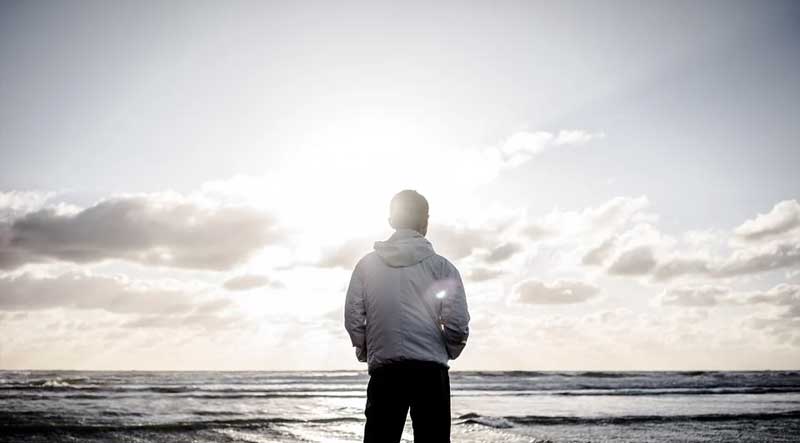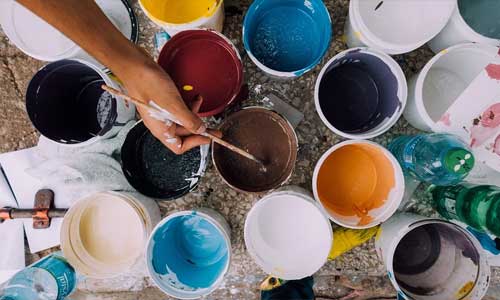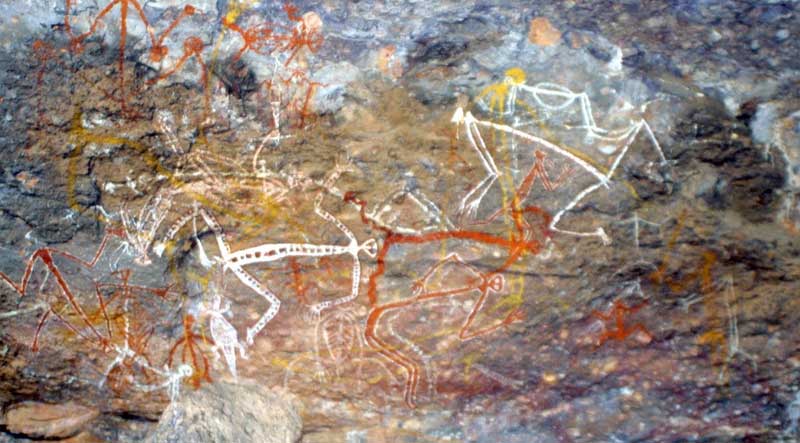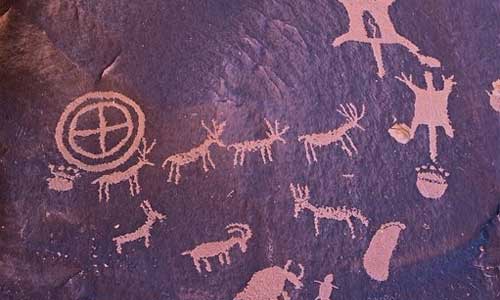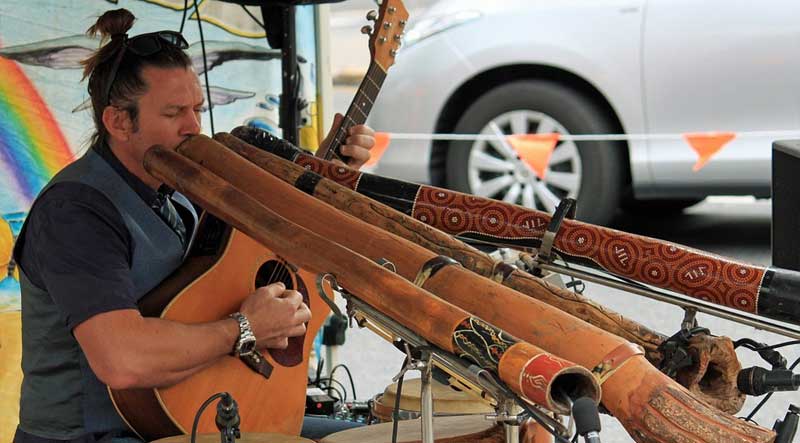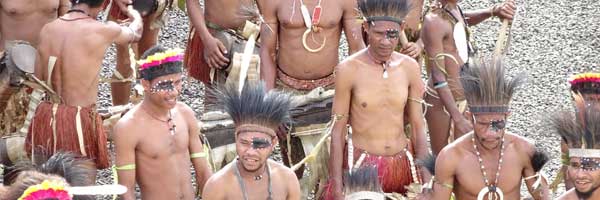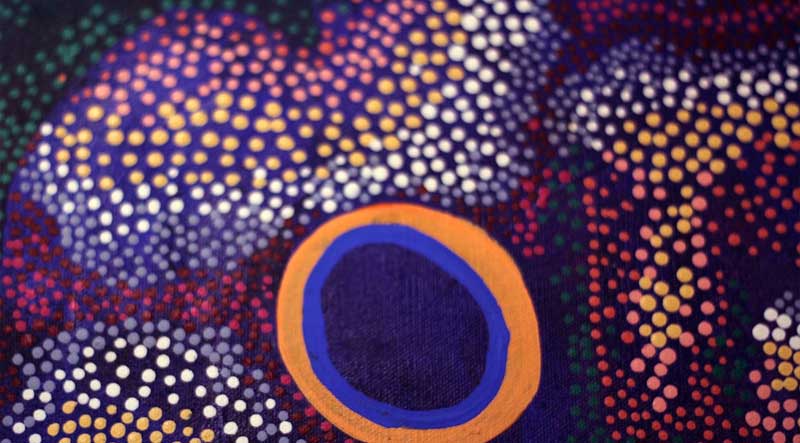
4 Interesting Things About Aboriginal Art
Aboriginal culture is part of Australia’s history. The Aboriginal people are a treasured part of this island’s heritage. Art has been a way to tell their stories and share their culture for centuries. This blog aims to preserve this rich heritage and the beautiful and meaningful art that these indigenous people create.
To appreciate Aboriginal art, you need to know a few things.
Only an Aboriginal artist can create Aboriginal art
You have to be part of one of the indigenous tribes to create Aboriginal art. Anyone can learn the techniques and make a painting. However, if they are not Aboriginal, their art cannot be called or represented as Aboriginal art.
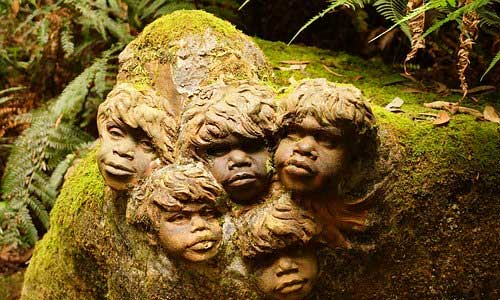
The art always tells a story
The indigenous tribes use art to tell their stories. They share special events or historic occurrences. They tell stories passed on to them from ancestors. Each work of art, regardless of the medium, tells a story.
Dots were used to disguise meaning
One of the characteristic techniques of Aboriginal art is dot painting. It is a recognisable feature of Aboriginal paintings. It is most often seen in art from the Pintupi tribe. When the white settlers came to Australia, the indigenous people started using double-dotting. This was to hide any meaning they didn’t want the white people to know about.
Some stories need permission
When painting stories from their own lineage, permission is not needed. However, if an artist wants to tell a story about history or that is not from their lineage, they need permission. Permission must be given by the relevant tribe.
These are only some of the interesting things about Aboriginal art. They don’t have a written language. Symbols are very central to their culture and how they communicate. Once you start learning about them, you just want to know more. With a such a rich history and beautiful art, it is easy to understand the fascination.

